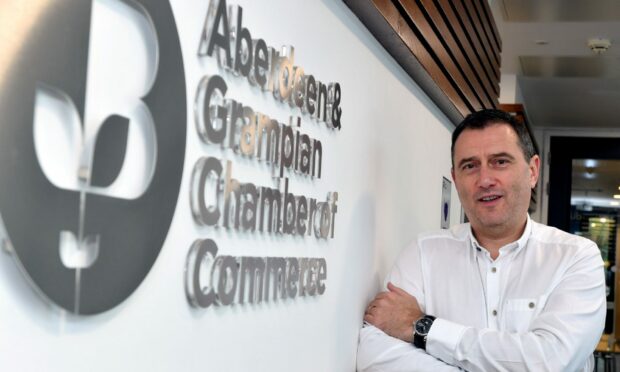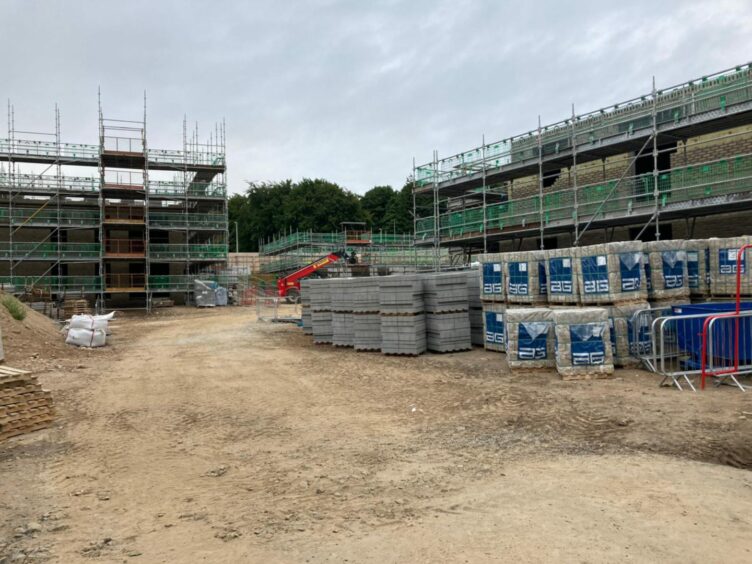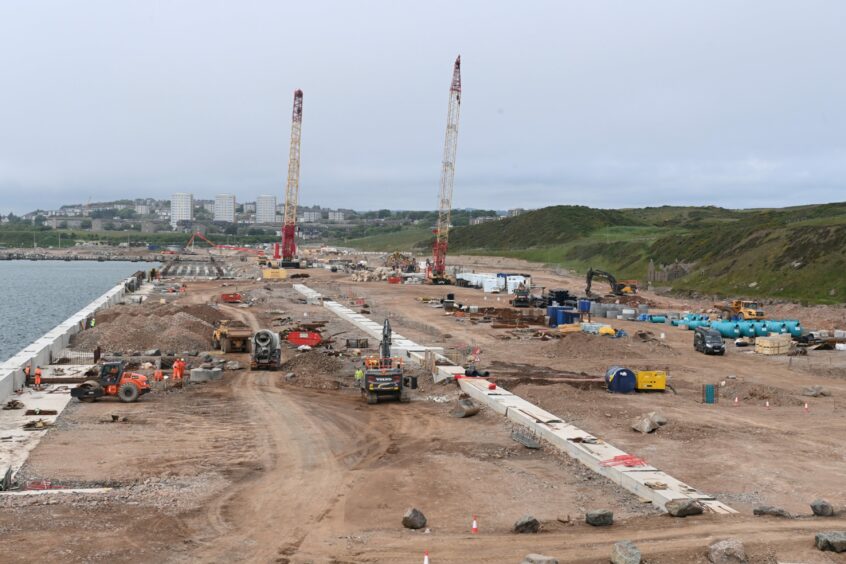The north-east has a reputation – deserved or otherwise – as a change averse region.
A noisy minority complains that nothing is good enough, but then objects to pretty much any project that is brought forward by developers and investors to make things better.
This is exacerbated by a planning process that many feel is defaulting to “no” far too often.
You only have to open up your newspaper to read about refusal after refusal. It’s depressing.
It is creating a perception that Aberdeen and Aberdeenshire are difficult places to do business, which is putting off investors and developers who are often agnostic to location and will simply take their projects and cash elsewhere.

North-east needs to step up to plate in planning for the future
Competition will be fierce to land the big business players of the future, so the north-east will have to be on its “A-game”.
Everyone who can help should be stepping up to the plate. And that includes the planners and politicians in Scotland and the UK who set the rules and regulations.
This isn’t just about frameworks, it’s about interpretation and mindset.
We can’t assume that NPF4 (National Planning Framework 4) is the holy grail. This much-delayed policy remains heavily flawed.
We cannot grow our economy and population, or take advantage of our net-zero ambitions without the necessary infrastructure and amenities.”
At a recent conference, a senior policy director stated during a Q&A that NPF4 is one of the worst papers she had seen in her 20 years in the business.
And we were told the local development plan fails to make sufficient land available for required housing.
We cannot grow our economy and population, or take advantage of our net-zero ambitions without the necessary infrastructure and amenities.
Gatekeepers
Planners are our gatekeepers, often the first point of contact for developers, investors and their agents. They need to be more open-minded and aware of what’s being said, even if it’s a tough listen.
Perception is reality. We need a collegiate rather than confrontational approach to strategic planning.
We have heard examples of planners refusing to go on site and making decisions remotely because they now work from home.
So, what needs to change to not only facilitate but encourage investment in the region?
How can we create a positive point of difference for the north-east?
And how do we put “pace, place and partnership” at the heart of what we do?
New AGE report
Scotland’s Urban AGE 2022 – a major academic study of the AGE cities (Aberdeen, Glasgow and Edinburgh) – is a sequel to a 2018 report.
It outlines what has changed – and what has not – in light of the pandemic and the accelerating net-zero carbon agenda, in terms of the economic prospects of Scotland’s three largest city regions.
The research team was led by Professor Brian Evans, director of the Glasgow Urban Laboratory, part of the Mackintosh School of Architecture at Glasgow School of Art.
Brian is also an advisor to the United Nations Economic Commission for Europe.
Scotland’s Urban AGE 2022 calls on businesses and all levels of government to collaborate to ensure these cities overcome the challenges they face in this period of rapid and profound change.
— Aberdeen & Grampian Chamber of Commerce (@chambertalk) May 23, 2022
One of the report’s recommendations was: “A major focus is needed on increasing the residential population of our city centres to replace the critical mass lost due to technological advances and other social changes.
“We need city centre diversification in the post-pandemic era, promoting residential densification in inner urban areas.”
Another recommendation added: “We need significant investment in growing and upskilling our planning service to embed pace, place and partnership in all it does.
“It needs to respond quickly to the changing environment in our AGE cities, contain the strategic planning capacity to design better places, and also seek to work in a collegiate rather than combative fashion with those wishing to invest in our cities.”
What do local experts say?
Aberdeen & Grampian Chamber of Commerce has been speaking to local experts to get their views. They have come up with some interesting reflections on the current situation, as well as suggestions on what must change to help us secure a bright economic future.
Some feel net-zero ambitions and policies such as “gold standard” are overshadowing all other factors, including affordability, customer choice, and the juxtaposition between the complexities of existing buildings over demolishing and building new.
Inflexible rules
We heard that restrictions and current building regulations around listed buildings and conservation areas are too inflexible to enable transformational change projects which retain the best of the old, alongside the new.
And there were valid questions posed too. How can retrofit become easier, cheaper, and the norm?
Can facade retention with a new build behind be encouraged? And are further tax or developer incentives part of the answer?
One planning law experts’ view is that change is feared rather than embraced, and that Nimbys – meaning “not in my back yard” – have been replaced by Bananas, those who want to “build absolutely nothing anywhere near anyone”.
We all want affordable homes for our families, better roads and rail networks, high-speed internet connections and renewable energy sources – just somewhere else.
‘If we snooze now, we’ll lose’
We also spoke to one frustrated local businessman who has spent £30,000 to date on planning applications for a long-running bid to start a new venture.
It would employ 14 people but has run into issues with Aberdeenshire planners.
And a leading housebuilder revealed it can take as long as four years between planning consent being submitted and work starting on site.
What is it we are not getting about the importance of pace? If we snooze now, we’ll lose to other places.
Russell Borthwick is chief executive of Aberdeen & Grampian Chamber of Commerce.



Conversation